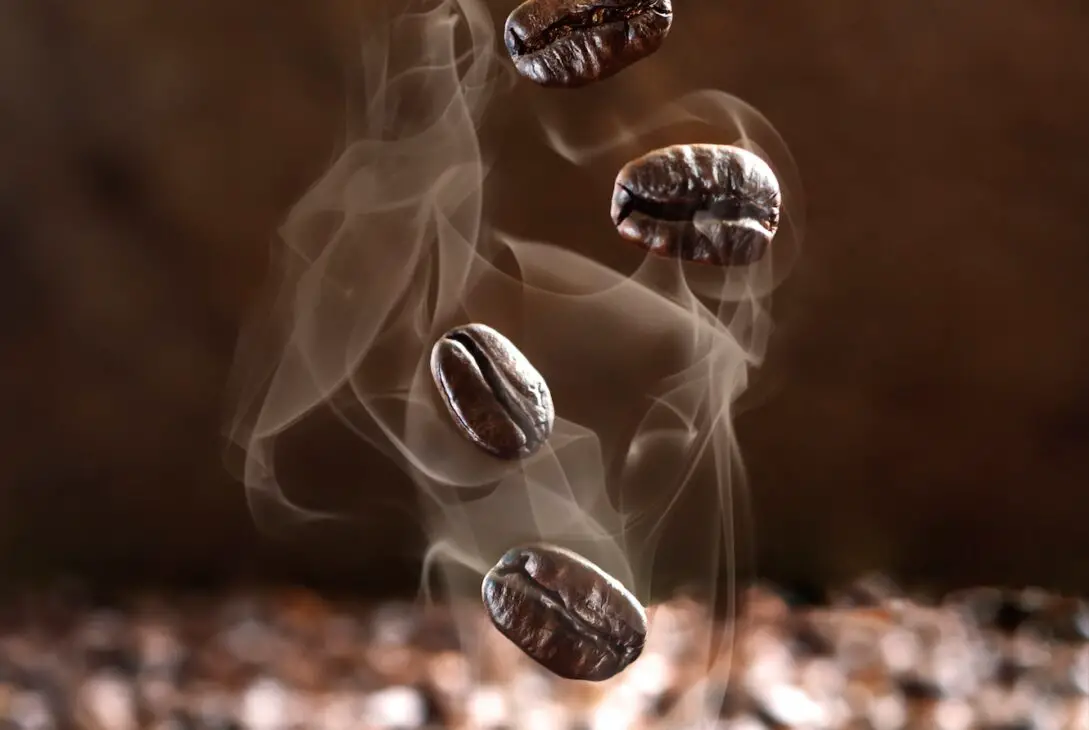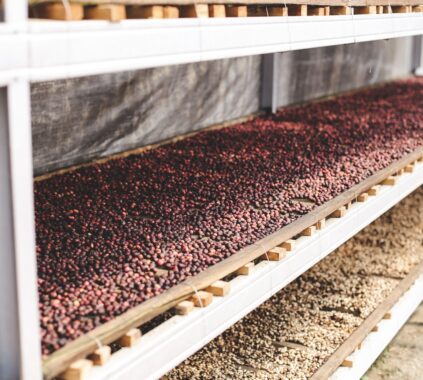Picture this: you’re strolling through the city on a crisp morning, and suddenly, you’re hit with an intoxicating scent. Your senses tingle as you’re drawn into a quaint café. That’s right, it’s the captivating aroma of coffee. But what if you could unlock the secrets behind these enchanting scents and become a coffee aroma connoisseur? Well, buckle up, because today, we’re taking you on an exhilarating journey through the world of coffee aromas.
Table of Contents
The Power of Aroma: A Love Story Between Your Nose and Coffee
Let’s take a moment to truly appreciate the magic of coffee aromas. You see, there’s a beautiful love story unfolding between your nose and coffee, a tale as old as time. When you take that first whiff of freshly brewed coffee, you’re not just smelling a beverage, but a sensory experience that can evoke powerful emotions, memories, and feelings of comfort.
Setting the Scene: The Olfactory System
Your olfactory system is responsible for this enchanting dance between your senses and coffee. It all starts in your nose, where countless receptors are ready to detect and interpret the complex symphony of coffee aromas. As these molecules bind to your receptors, they send signals to your brain, allowing you to perceive and appreciate the intricate fragrance of your favorite brew.
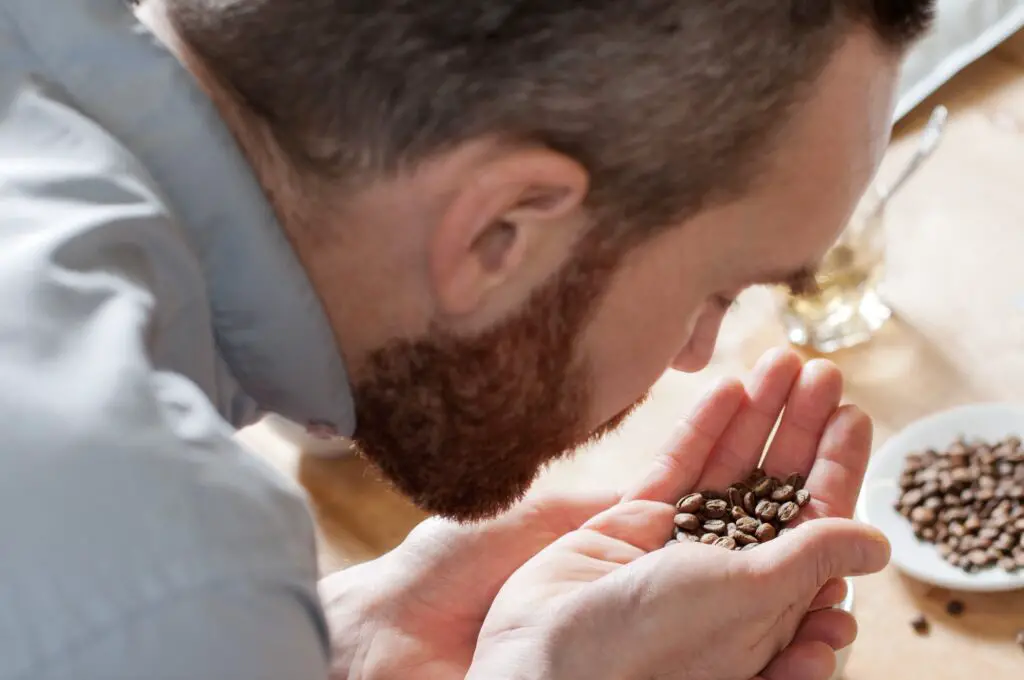
The Power of Aroma: Evoking Memories and Emotions
A single sniff of coffee can take you on a trip down memory lane. Perhaps it reminds you of Sunday mornings spent with your grandparents or those late-night study sessions in college. Aroma has the unique ability to trigger memories and emotions, connecting us to our past experiences and the people we’ve shared them with.
Moreover, the aroma of coffee has been known to have mood-enhancing effects. It can provide a sense of comfort, warmth, and relaxation, while simultaneously boosting your energy and focus. It’s no wonder that people across the globe cherish their daily coffee rituals.
Coffee Aromas: The Language of Love
Much like a romantic language, coffee aromas are a rich tapestry of flavors waiting to be explored. They can be sweet, fruity, floral, nutty, earthy, or even spicy. Each cup of coffee has its unique fingerprint of scents, influenced by factors like bean origin, roast level, and brewing method.
By learning the language of coffee aromas, you’re opening yourself up to a world of flavor and sensory experiences. As you become more attuned to the nuances of your brew, you’ll start to appreciate the subtle hints of jasmine in your Ethiopian Yirgacheffe or the chocolatey undertones of your Colombian Supremo.

A Match Made in Heaven: Coffee and Your Nose
As you can see, the love story between your nose and coffee is one for the ages. Your sense of smell plays a crucial role in your ability to enjoy and appreciate the complex world of coffee aromas. By nurturing this relationship, you’ll deepen your connection to your brew and unlock new dimensions of flavor and pleasure. So, go ahead and let your nose guide you on your coffee journey – it’s a love affair worth celebrating.
Step 1: Know Your Beans
You can’t master coffee aromas without understanding the beans behind the magic. As you explore the our guide to the types of coffee beans, you’ll learn that different beans have unique flavor profiles. For instance, Ethiopian beans are often fruity and floral, while Indonesian beans lean towards earthy and spicy notes.
Step 2: Roast Matters
Roasting plays a pivotal role in shaping the coffee’s aroma. From light to dark roasts, the comprehensive guide to roasting coffee beans will help you understand how roasting levels impact aroma and taste.
Step 3: Brewing Techniques
Different brewing methods can influence a coffee’s aroma. For example, espresso machines, like the 10 best espresso machines of 2023, can create intense and concentrated aromas. Alternatively, the gentle and slow extraction of pour-over coffee allows for delicate and nuanced aromas to shine. To perfect your brewing skills, check out how to make coffee: tips and tricks for brewing the best cup.
Step 4: The Art of Coffee Tasting
Now that you know the basics, it’s time to hone your senses. The art of coffee tasting will teach you to differentiate between various aromas, from fruity to nutty and everything in between. Think of it as training your nose to become a coffee sommelier.
Step 5: Explore and Experiment
Don’t be afraid to venture into the unknown! Experimenting with different beans, roasts, and brewing methods will deepen your appreciation for coffee aromas. For instance, why not try a siphon coffee for a change, or indulge in the enchanting world of blonde roast coffee?
Breaking Down Specific Aromas: A Symphony of Scents
As you embark on your coffee aroma journey, it’s essential to familiarize yourself with the different scent categories. Understanding these specific aromas will help you appreciate the subtleties and nuances of your coffee. So, let’s take a closer look at the delightful symphony of scents that make up your brew.

1. Fruity Aromas
Fruity aromas are prevalent in many coffee varieties, ranging from tangy citrus notes to sweet berries. These scents often result from naturally occurring compounds in the coffee beans. For example, Ethiopian coffees are well-known for their bright, berry-like aromas, while Central American beans often showcase crisp apple or lemony notes.
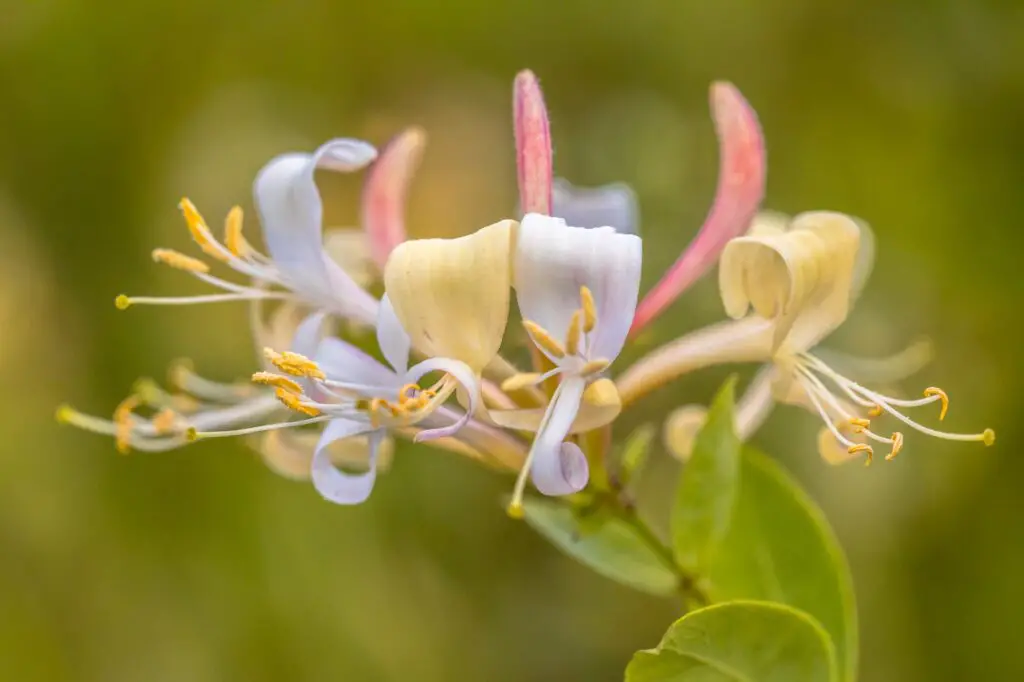
2. Floral Aromas
Floral aromas, such as jasmine, rose, or lavender, can add a delicate and fragrant touch to your coffee. These scents are typically found in lighter roasts and are most pronounced in high-quality Arabica beans. Floral notes can be especially enchanting in coffees like Ethiopian Yirgacheffe or Panamanian Geisha.
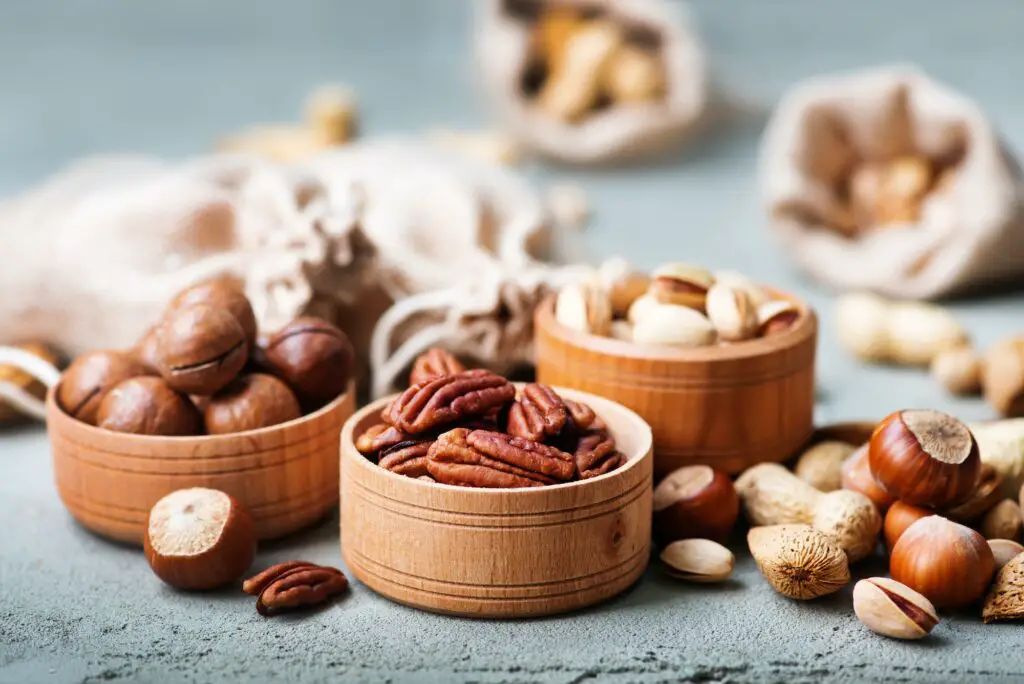
3. Nutty Aromas
The comforting scents of almonds, hazelnuts, or peanuts can be found in many coffee varieties, adding depth and richness to the overall aroma profile. Nutty notes are typically associated with medium to dark roasted beans and can be especially pronounced in Brazilian and Colombian coffees.

4. Chocolatey and Caramel Aromas
Who doesn’t love the indulgent scents of chocolate and caramel? These mouthwatering aromas can be attributed to the Maillard reaction, which occurs during the roasting process. As the beans roast, natural sugars and amino acids react, producing enticing chocolatey and caramel notes. These scents are commonly found in medium and dark roasts, such as Colombian Supremo or Sumatra Mandheling.

5. Earthy and Spicy Aromas
Earthy and spicy aromas can transport you to exotic locales, with scents like fresh soil, wet leaves, or warm spices like cinnamon and cloves. These notes are often found in beans from regions like Indonesia, where the rich volcanic soil imparts a distinct earthiness to the coffee.

6. Roasty and Smoky Aromas
Roasty and smoky aromas are predominantly associated with darker roasts, where the beans have been exposed to high temperatures for extended periods. These scents can evoke memories of cozy campfires, toasted nuts, or even charred wood. If you’re a fan of bold, smoky flavors, you might enjoy French or Italian roasts.
By understanding and appreciating the diverse world of coffee aromas, you’ll elevate your coffee experience to new heights. Whether you’re drawn to the fruity notes of an Ethiopian blend or the earthy richness of a Sumatran coffee, there’s a whole world of scents waiting to be discovered. So, follow your nose and let your senses guide you on your aromatic coffee adventure.
The Coffee Aroma Wheel: A Navigational Tool for Your Senses
As you delve deeper into the world of coffee aromas, you might find yourself overwhelmed by the sheer variety of scents. This is where the coffee aroma wheel comes to your rescue. The aroma wheel is a visual representation of the different scent categories found in coffee, designed to help you train your nose and identify specific aromas.
Understanding the Coffee Aroma Wheel
The coffee aroma wheel is typically divided into two or three concentric circles, each representing a different level of aroma classification. The inner circle contains the primary aroma categories, like fruity, floral, or nutty. As you move outward, the categories become more specific, breaking down into subcategories and individual scents.
For example, within the “fruity” category, you might find subcategories like “citrus” or “berry,” which then further break down into specific scents like “lemon,” “orange,” or “strawberry.” By using the aroma wheel as a reference, you can systematically explore and analyze the scents in your coffee, honing your senses and expanding your olfactory vocabulary.
Putting the Coffee Aroma Wheel into Practice
To effectively use the coffee aroma wheel, follow these simple steps:
- Prepare your coffee: Brew your coffee using your preferred method, ensuring that you’re using fresh beans and a clean brewing setup.
- Observe: As your coffee brews, take a moment to observe the aroma. What primary categories can you identify? Is it fruity, floral, or perhaps more earthy?
- Analyze: Using the aroma wheel as a guide, narrow down the specific scents within each category. For example, if you notice a fruity aroma, try to pinpoint whether it’s more citrusy or berry-like.
- Compare: Over time, compare different coffee varieties and roast levels using the aroma wheel. This will help you build a mental library of scents and better understand the factors that influence a coffee’s aroma profile.
Remember, practice makes perfect. The more you use the coffee aroma wheel, the more confident and skilled you’ll become at identifying and appreciating the intricate world of coffee aromas.
Coffee Aroma and Flavor: Two Sides of the Same Coin
While aroma is a crucial component of the coffee experience, it’s important to remember that it’s just one piece of the puzzle. Aroma and flavor go hand-in-hand, with your sense of smell playing a vital role in how you perceive the taste of your coffee.
As you explore the world of coffee aromas, be sure to also pay attention to the flavor profile of your brew. Consider factors like acidity, body, and sweetness, and how they interact with the aroma to create a harmonious and well-balanced cup. By taking a holistic approach to your coffee journey, you’ll unlock a deeper appreciation for the rich and varied tapestry of scents and flavors that make up this beloved beverage.
So, grab your coffee, breathe in the enticing aromas, and let your senses guide you on a thrilling adventure through the world of coffee. Cheers to a love story between your nose and coffee that will only grow stronger with each delicious sip.

Frequently Asked Questions
Q: Can I improve my sense of smell?
A: Absolutely! Like any skill, practice makes
perfect. Regularly smelling and tasting different coffees will help refine your sense of smell and your ability to distinguish between various aromas.
Q: Do coffee aromas change over time?
A: Yes, coffee aromas can change as the beans age, are roasted, and brewed. Freshly roasted beans often have more vibrant and intense aromas, while stale beans lose their aromatic complexity. Brewing methods can also affect a coffee’s aroma, extracting different notes depending on the technique used.
Q: Are there any tools to help identify coffee aromas?
A: You bet! A coffee aroma wheel is a handy tool that visually represents the different aroma categories found in coffee. By using an aroma wheel, you can train your nose to identify specific scents in your cup of joe.
Q: Can I pair coffee with food based on its aroma?
A: Absolutely! Just like wine, coffee can be paired with foods that complement its aroma and flavor profile. For example, a fruity Ethiopian coffee might pair well with a tangy lemon dessert, while a chocolatey Colombian blend could be a match made in heaven with a rich, fudgy brownie.
Embrace the World of Coffee Aromas
Congratulations! You’re now well on your way to becoming a coffee aroma expert. By understanding the beans, roasting, brewing techniques, and honing your senses, you’ll unlock the full potential of your coffee experience.
So, the next time you walk into a café and that tantalizing scent wafts through the air, take a moment to savor the aroma. Let it transport you to another place, evoke memories, or simply put a smile on your face. Because, after all, life is too short for bad coffee.
Daily Demitasse is a participant in the Amazon Services LLC Associates Program, an affiliate advertising program designed to provide a means for sites to earn advertising fees by advertising and linking to Amazon.com. We also participate in other affiliate programs which compensate us for referring traffic.


